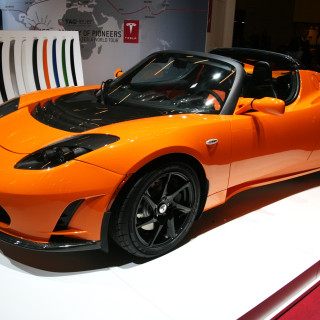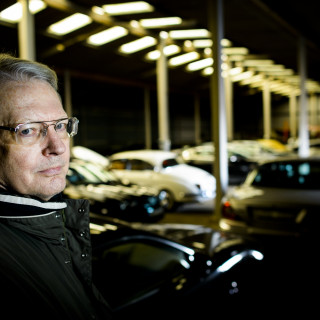Long wait for electric cars
Electric cars have been in the pipeline for a long time – but they still represent less than one per cent of all cars sold in Sweden. Why is the electrification of the car market taking such a long time? And what is needed for the electric car to really take off?
“There are many factors that have to work together if we are to see a breakthrough for the electric car on a larger scale. We still have a way to go before we get there”, says Magnus Johansson, a researcher at the Standardisation Research Centre at the Institute of Economic Research, Lund University.
“A lot is dependent on standards and network effects in an industry that has built up strong structures for combustion vehicles over a century. Such structures are not dismantled in the blink of an eye. However, the electric car is on its way and there are currently a lot of exciting projects underway in the vehicle industry, but the changes will probably not take place in such a rapid and revolutionary way as in the mobile phone industry, for example.”
Control of the whole chain
One key factor for the business or businesses that want to create change in the vehicle industry is that they need to gain control of all the links in the value chain. This could mean negotiating standards for everything from charging to interfaces for software in and around the vehicle.
However, it could also happen if one or more players act in the way that Apple did in the mobile phone industry – creating their own ecosystem and placing themselves in the centre of it, then letting other companies do a large part of the development work based on a shared platform. If enough companies join an alliance like this, it could produce extremely powerful network effects.
More than just technology
So what is required for the electric car to become a commercial success?
“Unfortunately, it is not enough to construct the world’s best electric car, says Magnus Johansson. “You also have to create holistic solutions with a functioning network of services and servicing around the car. The ecosystem of the electric car must include practical and clever solutions for everything from charging and running to service and payment.”
“Most of the technology already exists, but a lot of work remains to get all the pieces of the jigsaw in place if the electric car is to become a serious alternative for most car drivers”, says Magnus Johansson.
“The main challenge for the vehicle industry is to avoid getting bogged down in all the technical details, but rather to try and develop a complete ecosystem around the electric car. It is impossible at present to say exactly when and how this will happen, but once the process gets going the effects will probably be powerful.”
Text: Sven-E Lindberg
Published: 2013
Facts
-
Factors that could get the electric car rolling
-
Important success factors to get the electric car out onto the mainstream market, according to Magnus Johansson:
• Investments in electric cars in major segments such as class C and D vehicles, i.e. medium-sized and large family cars
• Better batteries that provide a longer range than at present. For the electric car to become a viable option outside major cities, the range needs to be at least 250 km
• A common standard for charging – or the possibility of switching easily between different charging systems
• Opportunities to charge the batteries quickly when necessary
• A strong infrastructure with strategically positioned charging stations that covers important traffic routes
• The possibility to remain online throughout the journey so that you can have immediate access to everything from weather and traffic information to payment services and software updates
• Payment systems and business models that are adapted to how the car is used, and a price for the consumer that is somewhat lower than for cars with combustion engines
• Measures that provide added value for those who choose to drive an electric car. This could mean lower taxes, free charging, free parking or the use of bus lanes.











